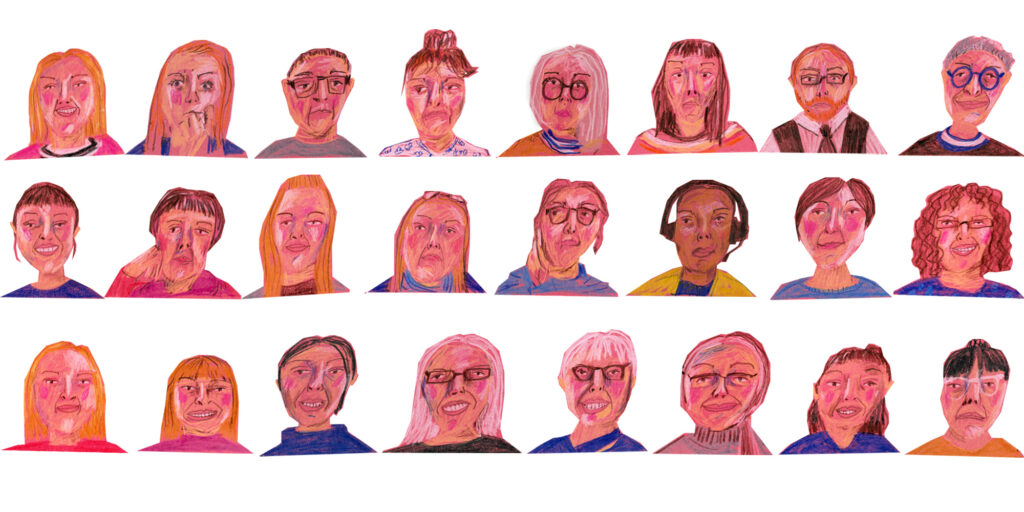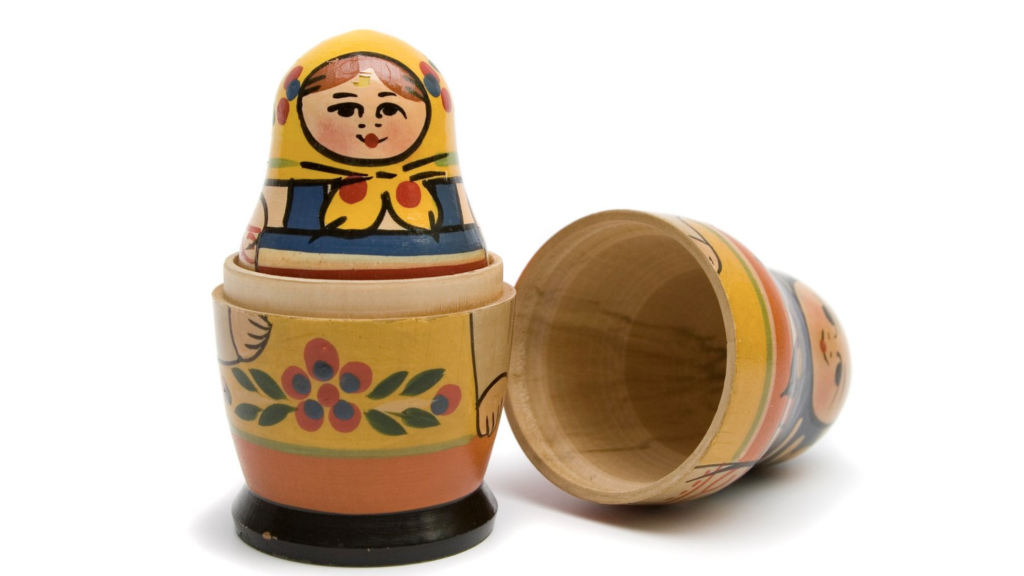By Paula Briggs

What Happens When We Contract & Fragment & How Do We Make Ourselves & Society Whole Again?
I have in my head an image of a tape worm, and I’m sorry if you now have that image in your head too. I’ve been trying to find the right analogy – for something which describes a system with lots of parts, but one that is fairly primitive. Hence the tape worm – a segmented animal – its parts distinct but repeated to enable it to act as a whole. It’s not quite the right analogy but bear with me.
During Covid, we have been unable to meet close friends and family, but instead, searching as we always do for ways to make ourselves ok, we have started to re-discover community. It’s been a fractured time, each of us segmented into our own lives, whatever that or they may be, yet at the same time more aware than ever that we are part of a bigger whole – or meant to be at least.
This is also a time of defence. Everywhere. That defence is rooted in love; we defend what we believe is right in our world, we protect what we want to continue. It is a good thing – it shows we care, but it is also rooted in fear, and as such can make us tight; we contract, we brace, we cling, we grasp.
But I’m not just talking about Covid. These two states of fragmentation and contraction were happening pre Covid too, and have been building for a while. Just as we each become the people we already are, through our repeated habits and beliefs, so society becomes shaped by the layers we put down. We contract to defend, we fragment, we become intolerant, we are more easily threatened. And in doing so we find it hard to relax into a growth mindset, where we are able to drop our guard, embrace other realities and mindsets and explore.
But back to AccessArt, and the reason for the slightly misplaced tapeworm analogy. Since Sheila Ceccarelli and I set AccessArt up in 1999, we have always operated in the space around; taking comfort as the independent outsider. We work with schools, organisations, institutions. People. These are the things we support. For years we have woven ourselves around them, developing our ethos whilst free from external pressures. Increasingly, the space around has felt like an incredibly privileged place to be. We work with and in schools, without being constricted by what schools are told to do. We work with lifelong learners without being tied to a particular collection. We raise the status of artists and their role in society, without the struggle of making our own work. Working in the space around, has literally given us the space to breath. To keep popping our head out of the worm hole, look up and around, see an opportunity, and visit.
And what do we see when we look up and around, back down on the schools, the universities, the museums and galleries, the arts organisations, the creative industries, the people? We see the segments of the tape worm – we are linked and related, but we’re each busy doing our own jobs – forced to defend our own territory because that’s the world we live in at the moment. So whilst the primary school is occupied defending the timetable, the Dean at the Art School is busy trying to maintain numbers. The secondary school teachers are focussed on grades for their cohort, and the recently graduated painter is wondering what the hell to do next. There is finger painting and glue at EYFS, and there is finger painting and glue on the Foundation Course, but there is little sharing of experience. And there is a government which says they value the creative industries but there is no status or investment attached to the activities which feed the creative industries pipeline. Fracture and defence.
This is not a criticism of those parts, those schools and universities and arts organisations all working so passionately and diligently, and actually I think anyone working in the arts is pretty lucky – we’re a diverse, dynamic and supportive community and we are by nature good at sharing and communicating. But it’s hard when you have to fight for your subject area, and we only have so many resources.
So, we have our head up out of the hole, we’re looking down, and we’re seeing segments, not quite connected, not quite talking the same language – but all passionately believing in the same thing; the right for all to explore their creative potential. And just as importantly, the people outside the outside, the politicians who don’t get it, the people who haven’t been given the opportunity to explore their own creativity and therefore don’t understand why we should even bother to enable it in others, the people who would love to explore their creativity but aren’t given the opportunity for socioeconomic reasons – they are there in the distance – but they feel increasingly hard to reach.
So where are we as a society? Still here and alive, passionate, still believing, but not as sophisticated or developed as we might be. A bit primitive in our approach maybe. So, what can we do to become more connected, more civilised in our approach?
Can we re-imagine a society in which the notion that humans are inherently creative beings is accepted so readily that we do not need to defend the value or worth of creative thought and action? Imagine a society where we do not need to defend art in school as being the only way we can potentially reach all children because they experience art in many other contexts too? Imagine a society where we accept we are born with our creative germ inside of us, and we nurture that germ throughout our childhood, our teenager years, our adulthood, in whatever way our own particular creative germ needs nurturing? Where all of us working in art and education can see ourselves as part of a whole, a continuum, which supports the people around us.
Sounds idealistic? That’s ok I think. The tape worm felt disturbing so I would rather think idealistically as a way to shift us forward. Let’s replace the tape worm in our head with Matroyshka Dolls – those beautiful dolls which nestle one in the other, the grandmother protecting the mother, the mother protecting the child. Instead of thinking in a linear fashion, like the tape worm, let’s think concentric circles, onion skins. What if we carry the child version of our selves deep inside us, and as we grow, we grow outwards, and we expand. We don’t leave the child version behind, lost, instead we keep her safe. As we grow older we build our experiences around us, like layers. And if one of the jobs of a civilised society is to help each of us flourish, then how can we create a society which helps individuals nurture those layers? Could we, as educators and artists, each working with learners of a certain life stage, help contribute to nurturing those layers; towards a unified whole. Not broken, not fragmented. But held.
